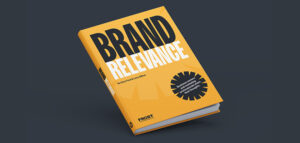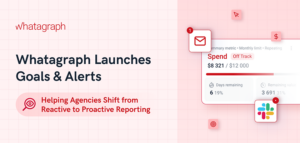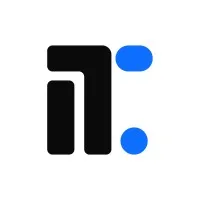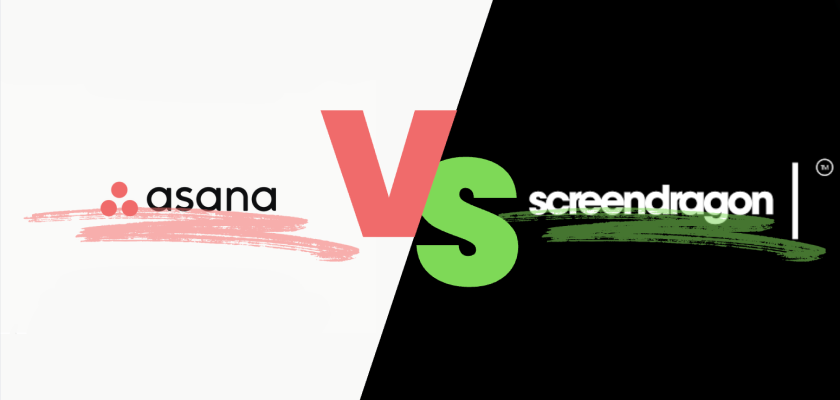
Screendragon vs Asana: Powerhouse Project Management for Agencies Compared
When it comes to project management, digital agencies require robust tools to handle complex workflows, manage resources efficiently, and ensure successful project completion. This is where robust project management software steps in, streamlining workflows and boosting efficiency. Here are the two popular options in the market: Screendragon and Asana. But which one is the perfect fit for your agency?
Project management software is crucial for digital agencies to streamline processes, optimize resources, and improve efficiencies. Choosing the right project management tools for agencies can significantly impact the success of projects and the overall productivity of the team. In this article, we will compare Screendragon and Asana, focusing on their features, usability, and suitability for digital agencies.
Overview of Screendragon and Asana
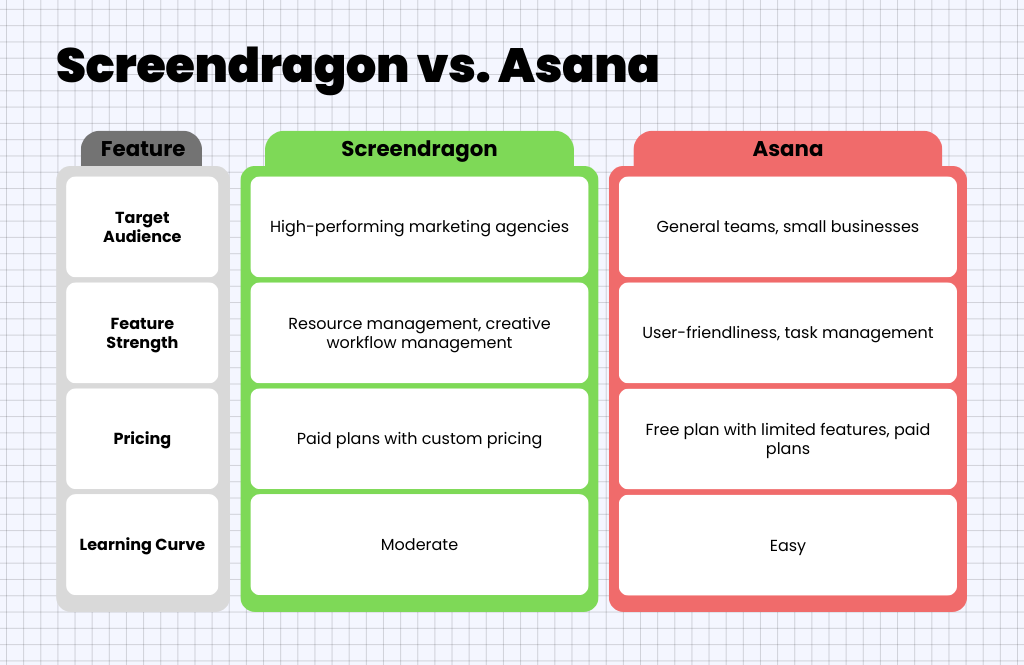
Screendragon is a powerful project management and workflow automation tool designed specifically for creative and digital agencies. It offers an array of features that serve the unique needs of these agencies, from resource management to project tracking and collaboration.
Asana is a well-known project management tool used across various industries. It provides a broad range of functionalities, including task management, project tracking, and team collaboration. While it is versatile, it may lack some of the specialized features that digital agencies require.
Key Features Comparison
User Interface and Usability
Screendragon is known for its intuitive and visually appealing interface and provides a user-friendly experience. The dashboard is highly customizable which allows marketing agencies to tailor project management capabilities according to their specific needs. Plus, its design facilitates easy navigation through the software and makes it simple to manage multiple projects simultaneously.
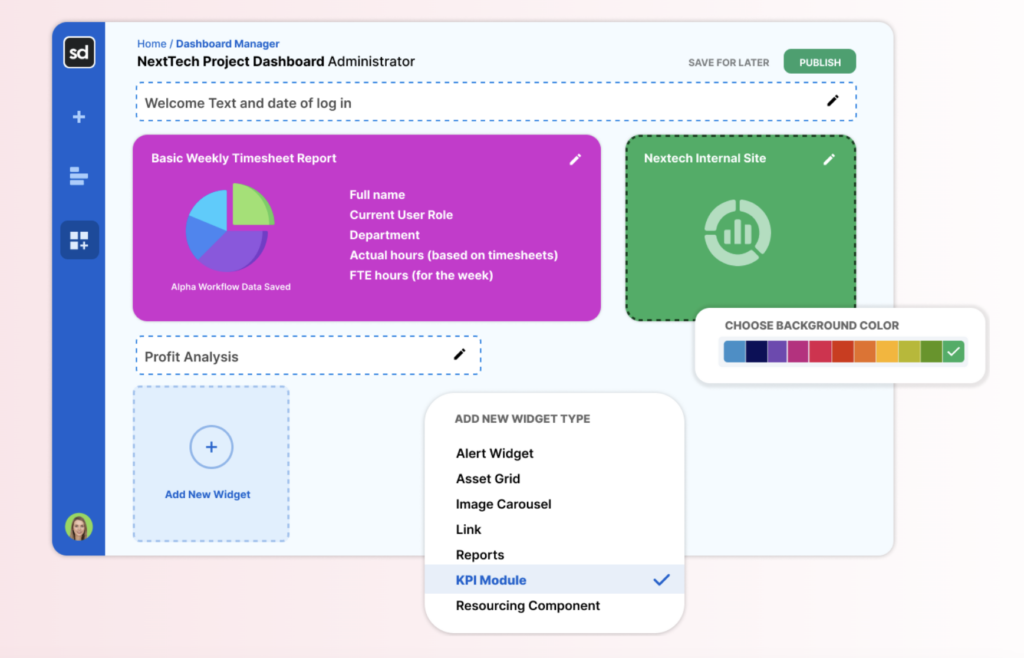
As for Asana‘s user interface is easy to use and good for basic teamwork on straightforward projects. However, if you are an agency looking for a complete agency management platform to manage people, projects, and profits, then Asana may fall short in meeting your requirements.

Project and Task Management
Screendragon qualifies agencies with a comprehensive project management toolbox. It goes beyond basic task management, offering flexible project views, automated workflows, and resource management for efficient planning. Their team collaboration features thrive with centralized communication, creative proofing tools, and a brand asset library. Financial management is a breeze with built-in time tracking, budgeting, and insightful reporting. Scalability, customization, and secure client collaboration ensure Screendragon adapts to your agency’s needs, keeping projects on track and clients happy.
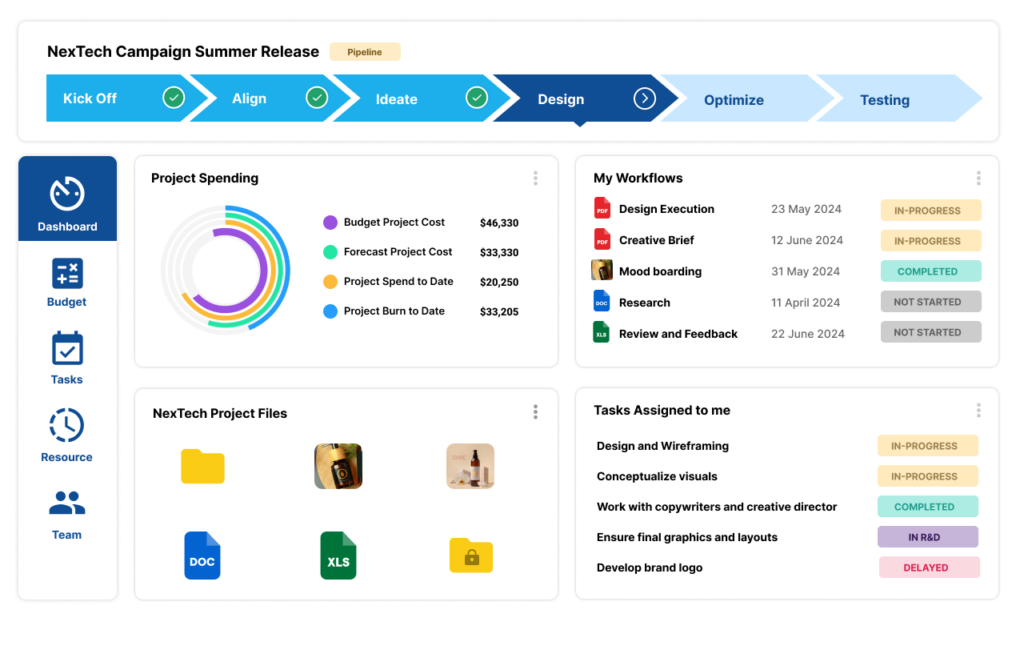
While Asana provides solid project and task management through features like task lists, boards, and timelines, it lacks the advanced functionalities offered by Screendragon. Here’s a breakdown of the key differences:
- Project Structure: Asana focuses on a simpler structure with lists and boards. Screendragon offers a more comprehensive project container encompassing plans, budgets, resources, assets, discussions, and more.
- Advanced Features: Screendragon provides functionalities missing in Asana, including timesheets, project baselines, parent/child project hierarchies, project pipelines (separating active and upcoming projects), robust project reporting, and support for multiple task owners.
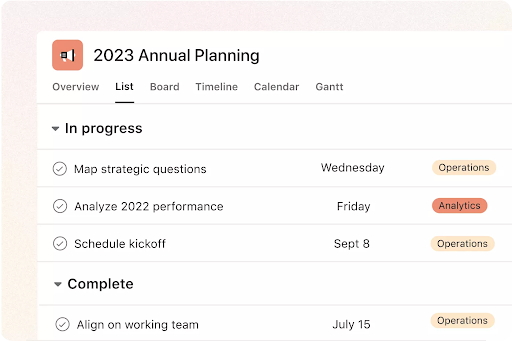
In essence, Asana is pro at basic project management, while Screendragon serves teams with a more in-depth and customizable solution.
Resource Management and Allocation
One of Screendragon’s standout features is its comprehensive resource management capabilities. The prominent project management tool offers advanced resource allocation, capacity planning, and resource management techniques to make sure that both human and other resources are utilized effectively. That is particularly crucial for digital agencies managing multiple projects at a time and requiring precise resource management.
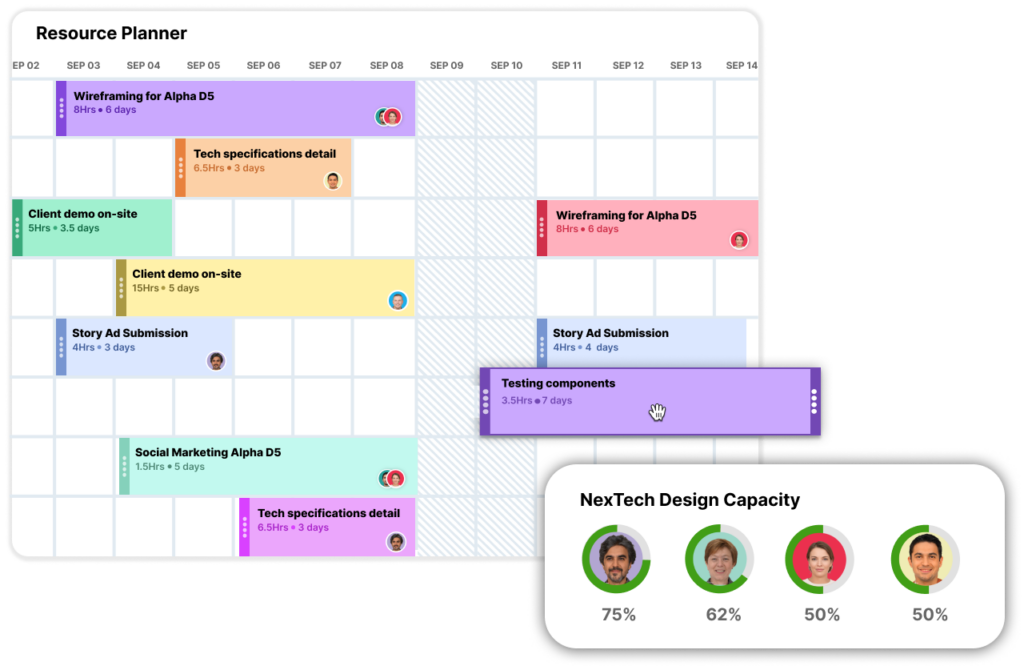
In contrast, Asana‘s limited resource management requires manual setup and lacks functionalities like drag-and-drop scheduling, capacity planning, or integration with non-project events. To sum up, Asana offers a basic resource management setup, while Screendragon equips agencies with a powerful, integrated solution for optimizing resource utilization, planning for future projects, and managing project costs effectively.
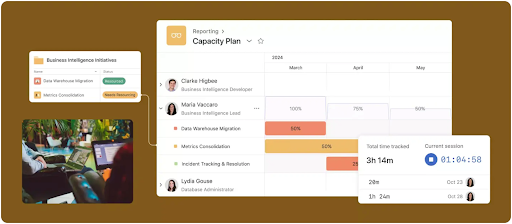
Collaboration and Communication Tools
With built-in collaboration tools, Screendragon makes it easy for team members to communicate, share files, and provide feedback. It integrates seamlessly with other tools commonly used by digital agencies, enhancing overall efficiency and effectiveness. Also, Screendragon’s integrated proofing tools, version control, and DAM system streamline the creative workflow between teams and agency partners.
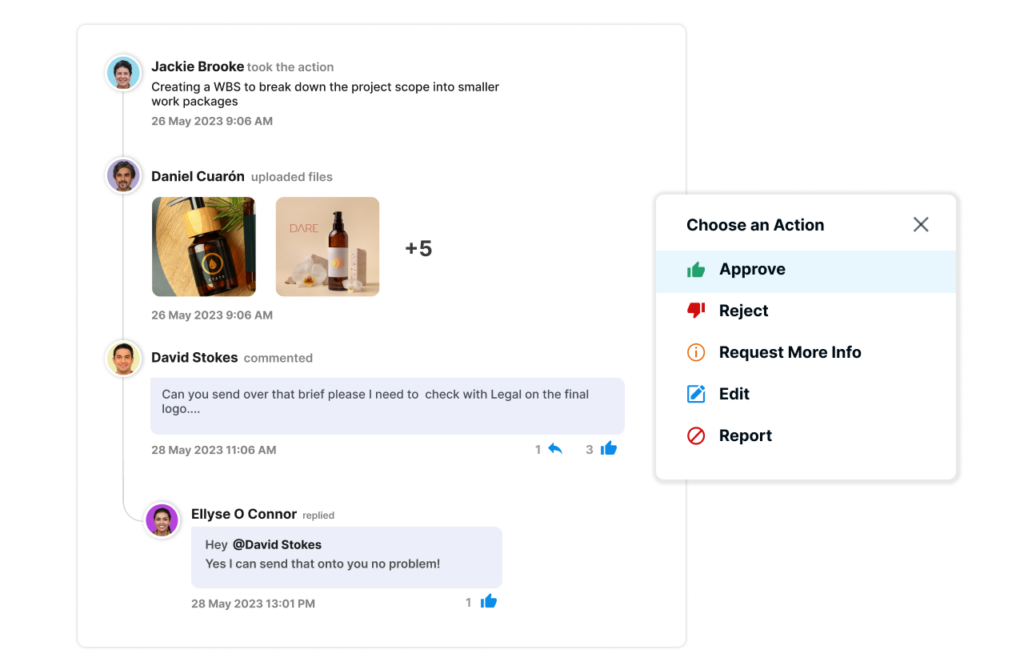
Asana also offers strong collaboration features, including task comments, project discussions, and file attachments. It integrates with various third-party applications in order to facilitate smooth communication among team members.
Customization and Flexibility
Customization is where Screendragon truly shines. It allows agencies to create bespoke workflows, forms, marketing briefs, and templates that align with their specific processes. For digital agencies that flexibility is invaluable as they need to adapt the software to their unique working styles.
While Asana offers some level of customization, it is more limited compared to Screendragon. For example, UX customization is limited whereas Screendragon offers full UX customization including colours, layouts, logos, and more. To put it another way, users can create custom fields and workflows, but the options are not as extensive.
Why Screendragon Stands Out for Digital Agencies?
While Asana excels in general project management, Screendragon offers features specifically geared towards the fast-paced world of digital agencies.
Tailored Solutions for Digital Agencies
Screendragon is designed with the unique needs of digital agencies in mind. Its features are tailored to support the complex workflows and diverse projects that these agencies handle. From creative briefs to campaign management, Screendragon covers all bases and makes it an ideal choice for agencies.
Advanced Resource Management Techniques
Effective resource management is crucial for the success of any digital agency. Screendragon’s advanced resource management techniques ensure that resources are allocated efficiently, avoiding over or underutilization. Thanks to its capability, the project management solution helps agencies optimize their operations and deliver projects successfully.
Real-World Examples of Success
Many leading digital agencies have successfully implemented Screendragon to streamline their operations. For instance, Screendragon helped Kellogg’s K-Path reduce brand academy training costs and Wavemaker increased employee uptake by 60% within a month.
Conclusion: Which One is Right for Your Agency?
Both Screendragon and Asana are powerful project management tools, each with its own strengths. Asana is a versatile tool suitable for a wide range of industries while offering robust task management and collaboration features. However, for digital agencies looking for a solution tailored to their specific needs, Screendragon stands out with its advanced resource management capabilities, customization options, and agency-focused features.
Choosing the right project management tool depends on the unique requirements of your agency. If you need a platform that offers detailed resource management and is designed to handle the complexities of digital projects, Screendragon is the clear choice. For agencies that prefer a more generalist tool, Asana remains a reliable option.
Ultimately, both tools can enhance project efficiency and improve team collaboration, but Screendragon’s specialized features make it particularly well-suited for digital agencies striving for excellence in project management.
By carefully considering your agency’s needs and comparing the features of Screendragon and Asana, you can make an informed decision that will drive your projects to success.










